
Kód: 04516291
Measuring Plant Diversity
Autor Thomas J. Stohlgren
Most textbooks on measuring terrestrial vegetation have focused on the characteristics of biomass, cover, and the density or frequency of dominant life forms (trees, shrubs, grasses, and forbs), or on classifying, differentiating, ... celý popis
- Jazyk:
 Angličtina
Angličtina - Vazba: Pevná
- Počet stran: 408
Nakladatelství: OXFORD UNIV PR, 2006
- Více informací o knize

3313 Kč
Dostupnost:
50 % šance Máme informaci, že by titul mohl být dostupný. Na základě vaší objednávky se ho pokusíme do 6 týdnů zajistit.
Máme informaci, že by titul mohl být dostupný. Na základě vaší objednávky se ho pokusíme do 6 týdnů zajistit.Prohledáme celý svět
Mohlo by se vám také líbit
Darujte tuto knihu ještě dnes
- Objednejte knihu a zvolte Zaslat jako dárek.
- Obratem obdržíte darovací poukaz na knihu, který můžete ihned předat obdarovanému.
- Knihu zašleme na adresu obdarovaného, o nic se nestaráte.
Informovat o naskladnění knihy
Zadejte do formuláře e-mailovou adresu a jakmile knihu naskladníme, zašleme vám o tom zprávu. Pohlídáme vše za vás.
Více informací o knize Measuring Plant Diversity
Nákupem získáte 331 bodů
 Anotace knihy
Anotace knihy
Most textbooks on measuring terrestrial vegetation have focused on the characteristics of biomass, cover, and the density or frequency of dominant life forms (trees, shrubs, grasses, and forbs), or on classifying, differentiating, or evaluating and monitoring dominant plant communities based on a few common species. Sampling designs for measuring species richness and diversity, patterns of plant diversity, species-environment relationships, and species distributions have received less attention. There are compelling, urgent reasons for plant ecologists to do a far better job measuring plant diversity in this new century. Rapidly invading plant species from other countries are affecting rangeland condition and wildlife habitat, placing more plant species on threatened and endangered species lists, and increasing wildfire fuel loads. Attention has shifted from the classification of plant communities to accurately mapping rare plant assemblages and species of management concern to afford them better protection. More ecologists, wildlife biologists, and local and regional planners recognize the value in understanding patterns, dynamics, and interactions of rare and common plant species and habitats to better manage grazing, fire, invasive plant species, forest practices, and restoration activities. Thus, revised and new sampling approaches, designs, and field techniques for measuring plant diversity are needed to assess critical emerging issues facing land managers. This book offers alternatives to the approaches, designs, and techniques of the past that were chiefly designed for dominant species and other purposes. The author focuses on field techniques that move beyond classifying, mapping, and measuring plant diversity for relatively homogeneous communities. This book complements methods for measuring the biomass and cover of dominant plant species. Most species are sparse, rare, and patchily distributed. It empowers the reader to take an experimental approach in the science of plant diversity to better understand the distributions of common and rare species, native and non-native species, and long-lived and short-lived species.
 Parametry knihy
Parametry knihy
Zařazení knihy Knihy v angličtině Mathematics & science Biology, life sciences Botany & plant sciences
3313 Kč
- Plný název: Measuring Plant Diversity
- Autor: Thomas J. Stohlgren
- Jazyk:
 Angličtina
Angličtina - Vazba: Pevná
- Počet stran: 408
- EAN: 9780195172331
- ISBN: 0195172337
- ID: 04516291
- Nakladatelství: OXFORD UNIV PR
- Hmotnost: 700 g
- Rozměry: 243 × 154 × 24 mm
- Datum vydání: 01. September 2006
Oblíbené z jiného soudku
-

Plant Hormones
10321 Kč -

Teaming with Nutrients
482 Kč -
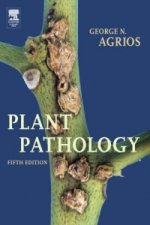
Plant Pathology
2250 Kč -
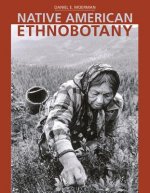
Native American Ethnobotany
1595 Kč -
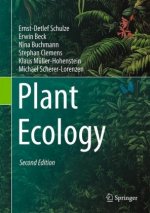
Plant Ecology
2391 Kč -
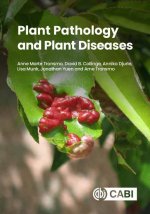
Plant Pathology and Plant Diseases
1913 Kč -

Applied Tree Biology
2575 Kč -
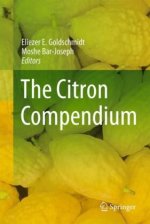
The Citron Compendium
1344 Kč -

Plants from Test Tubes : An Introduction to Micropropagation
756 Kč -
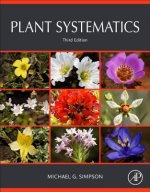
Plant Systematics
2619 Kč -

Metamorphosis of Plants
826 Kč -
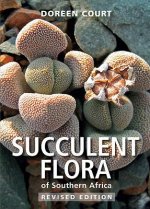
Succulent Flora of Southern Africa
654 Kč -
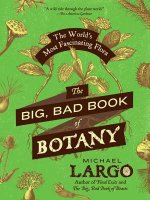
Big, Bad Book of Botany
393 Kč -
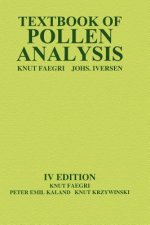
Textbook of Pollen Analysis
2118 Kč -
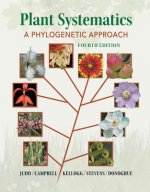
Plant Systematics
6570 Kč -
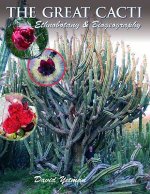
Great Cacti
1890 Kč -
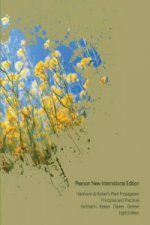
Hartmann & Kester's Plant Propagation: Principles and Practices
2322 Kč -
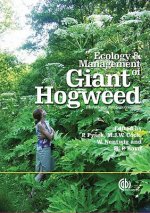
Ecology and Management of Giant Hogweed (Heracleum mantegazzianum)
6893 Kč -
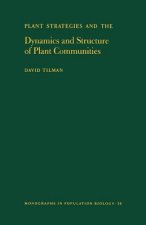
Plant Strategies and the Dynamics and Structure of Plant Communities. (MPB-26), Volume 26
2473 Kč -

Wood - The Internal Optimization of Trees
4798 Kč -

Finding the Mother Tree
358 Kč -
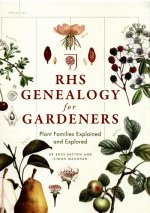
RHS Genealogy for Gardeners
544 Kč -

Comfortably Unaware
379 Kč -

Darwin's Most Wonderful Plants
249 Kč -

Maria Sibylla Merian
577 Kč -

Plant Behaviour and Intelligence
2043 Kč -
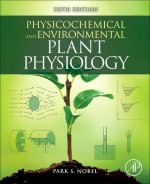
Physicochemical and Environmental Plant Physiology
3370 Kč -

Brilliant Green
366 Kč -

Animal, Vegetable, Miracle
306 Kč -
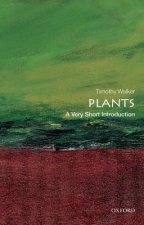
Plants: A Very Short Introduction
249 Kč -
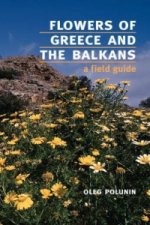
Flowers of Greece and the Balkans
2615 Kč -
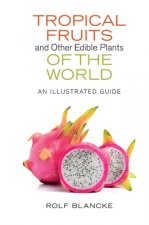
Tropical Fruits and Other Edible Plants of the World
1205 Kč -

Flora of Madeira
3813 Kč -
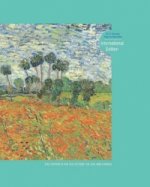
Raven Biology of Plants
2548 Kč -

Atlas of Poetic Botany
573 Kč -

Plant Biology
2426 Kč -

Moss Flora of Britain and Ireland
5583 Kč -
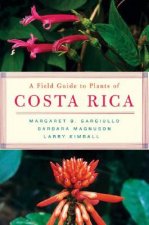
Field Guide to Plants of Costa Rica
992 Kč -
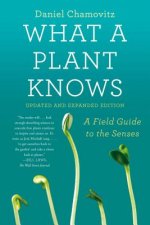
What a Plant Knows
479 Kč -

Rare and Exotic Orchids
1344 Kč -
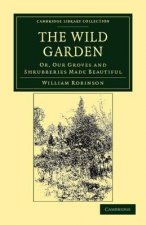
Wild Garden
1238 Kč -

Kew Gardens
1238 Kč -

Freshwater Algal Flora of the British Isles
5749 Kč -
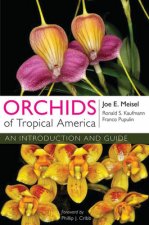
Orchids of Tropical America
585 Kč -
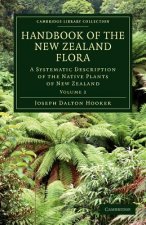
Handbook of the New Zealand Flora
1804 Kč -
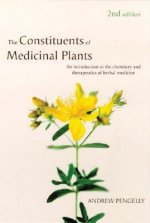
Constituents of Medicinal Plants
826 Kč -
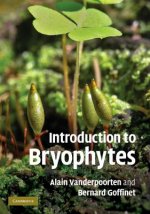
Introduction to Bryophytes
1704 Kč -
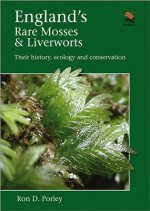
England's Rare Mosses and Liverworts
776 Kč -

Walter's Vegetation of the Earth
3907 Kč
Osobní odběr Praha, Brno a 12903 dalších
Copyright ©2008-24 nejlevnejsi-knihy.cz Všechna práva vyhrazenaSoukromíCookies


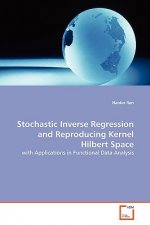




 Vrácení do měsíce
Vrácení do měsíce 571 999 099 (8-15.30h)
571 999 099 (8-15.30h)